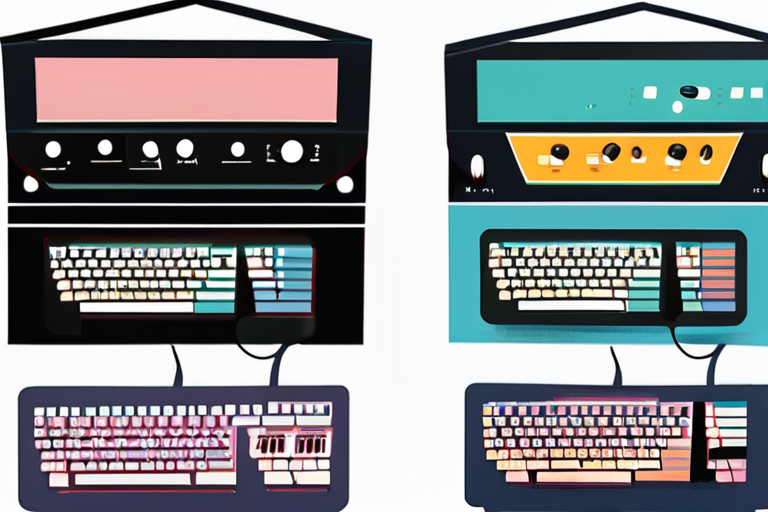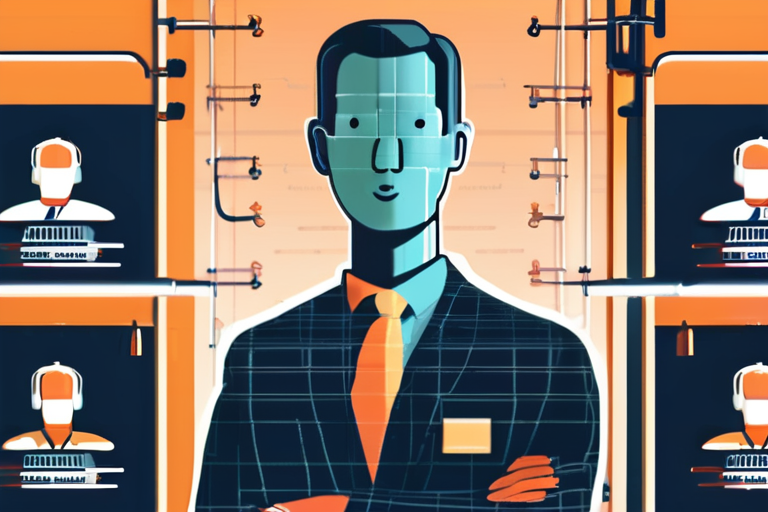Engineer Revives 65-Year-Old Computer to Play Iconic Electronic Music Track


Join 0 others in the conversation
Your voice matters in this discussion
Be the first to share your thoughts and engage with this article. Your perspective matters!
Discover articles from our community

 Hoppi
Hoppi

 Hoppi
Hoppi

 Hoppi
Hoppi
 Hoppi
Hoppi

 Hoppi
Hoppi

 Hoppi
Hoppi

The Fraying of a Bromance: Why the Trump-Modi Split is a Disaster It was supposed to be a moment of …

Hoppi

Jaguar Land Rover Suppliers Face Bankruptcy Amid Cyber Attack Crisis LONDON (Reuters) - The global automotive industry is bracing for …

Hoppi

California Lawmakers Pass AI Safety Bill SB 53, But Governor Newsom's Veto Decision Looms Large In a significant move towards …

Hoppi
Geoengineering Fails to Halt Polar Melting: A $1 Trillion Climate Bill A recent review of geoengineering proposals aimed at saving …

Hoppi

Nationwide Study Reveals Common Cold's Unexpected Superpower Against COVID-19 A recent nationwide study has uncovered an unexpected benefit of the …

Hoppi

Tylenol's Link to Autism Risk: Understanding the Current Recommendations A report from Health and Human Services Secretary Robert F. Kennedy …

Hoppi